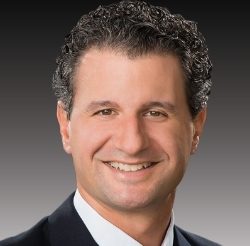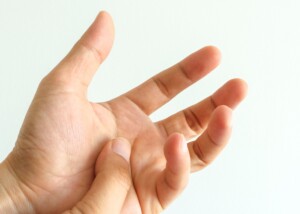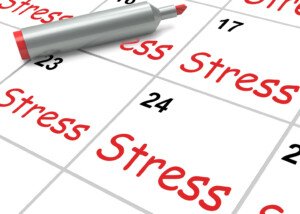Is cubital tunnel syndrome a reason to stop lifting weights?
Cubital tunnel syndrome can cause forearm and hand pain, plus hand numbness.
It’s caused by pressure on the ulnar nerve.
This is the nerve that, when the area is hit or banged, causes instant and sometimes severe tingling and a shock-like feeling running down the arm and into the hand and fingers.
It’s famously known as “hitting your funny bone.”
In cubital tunnel syndrome, a person may have a “funny bone” feeling on a frequent basis in the absence of getting the area hit or banged.
Lifting Weights with Cubital Tunnel Syndrome
“If you have been diagnosed with cubital tunnel syndrome, it is important to consult with a healthcare professional before continuing any weightlifting or other physical activity,” says Christopher R. Sforzo, MD, head surgeon and founder, Sforzo Dillingham Stewart Orthopedics + Sports Medicine.
“In general, it’s recommended to avoid exercises that may exacerbate symptoms or put additional pressure on the ulnar nerve, which passes through the cubital tunnel.
“Exercises that involve repetitive or forceful bending of the elbow or gripping, such as biceps curls or bench press, may worsen symptoms in individuals with cubital tunnel syndrome.”
Listen to your body. Pay attention to how the elbow joint and forearm feel when doing a lot of elbow flexing and extending.
Strength training exercises that involve a lot of elbow joint action include seated and bar dips, triceps press-downs, TRX suspension inverted rows, pull-ups, bent-over dumbbell rows and pushups.
Perhaps the greatest potential offender to an elbow that’s affected by cubital tunnel syndrome is the preacher curl.
In this exercise, not only is there deep flexion and extension to control a resistance, but the elbows are pressed into a pad.
This adds a new dimension to the exercise: pressure on the joint.
If any weightlifting exercise causes pain, tingling or weakness along the distribution of the ulnar nerve, you should avoid that exercise until the condition improves.
Treatment involves avoidance of the offending activity, avoidance of pressure such as putting the elbow on an armrest, use of an overnight brace and physical therapy. Surgery is a last option when conservative treatments have failed.
 Christopher R. Sforzo, MD, is a board certified orthopedic surgeon, providing treatment of problems involving the shoulder, arm, elbow, forearm, wrist and hand. He performs many procedures using minimally invasive techniques including endoscopic carpal tunnel release, arthroscopic rotator cuff repair, and arthroscopic wrist and elbow procedures.
Christopher R. Sforzo, MD, is a board certified orthopedic surgeon, providing treatment of problems involving the shoulder, arm, elbow, forearm, wrist and hand. He performs many procedures using minimally invasive techniques including endoscopic carpal tunnel release, arthroscopic rotator cuff repair, and arthroscopic wrist and elbow procedures.
 Lorra Garrick has been covering medical, fitness and cybersecurity topics for many years, having written thousands of articles for print magazines and websites, including as a ghostwriter. She’s also a former ACE-certified personal trainer.
Lorra Garrick has been covering medical, fitness and cybersecurity topics for many years, having written thousands of articles for print magazines and websites, including as a ghostwriter. She’s also a former ACE-certified personal trainer.
.










































